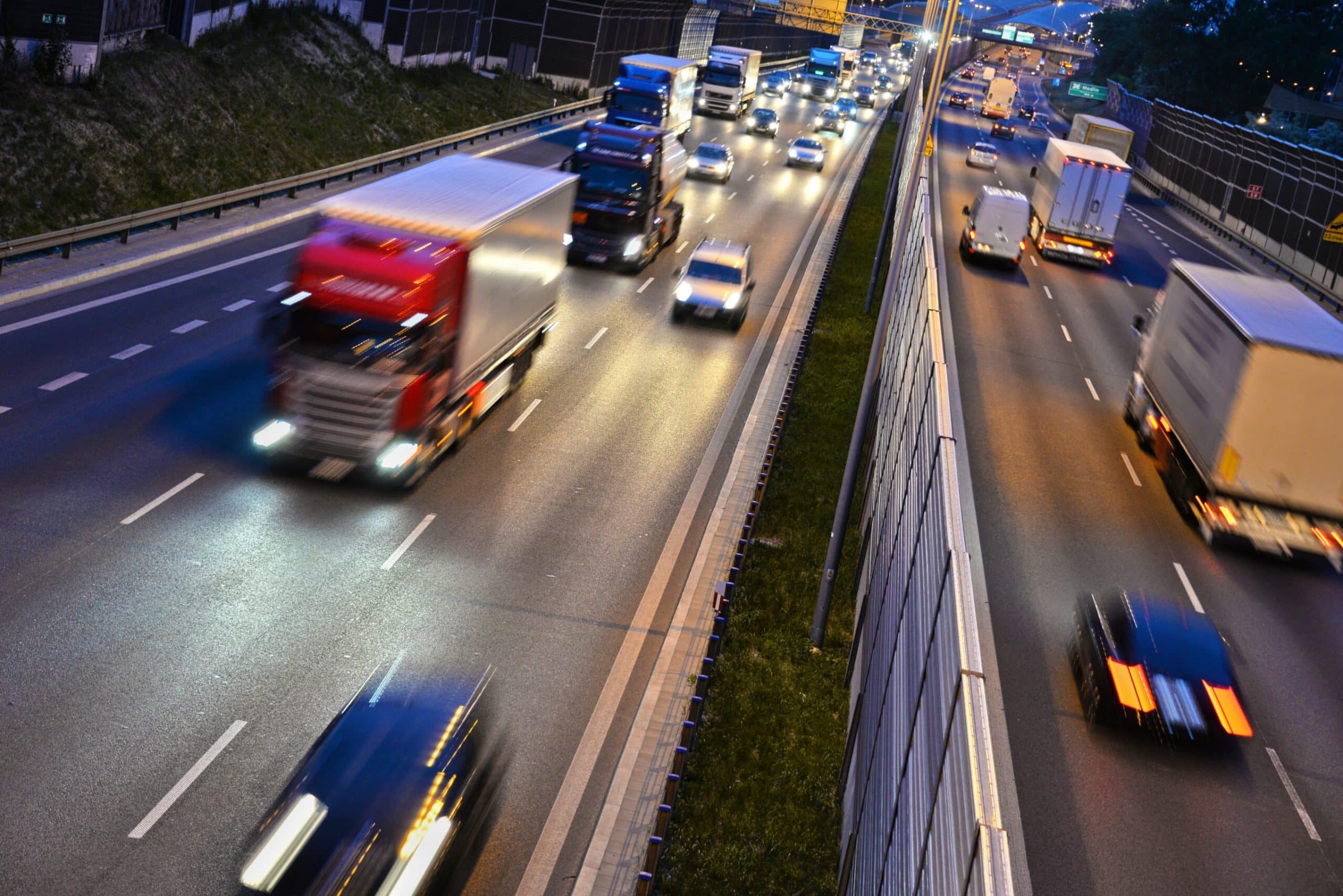The conversation around 5G and the Internet of Things (IoT) within the technology community is one that is ongoing and evolving as we discover more about IoT’s unlimited potential and many new and emerging use cases.
IoT is a network of physical objects that are embedded with sensors, software, and other technologies for the purpose of connecting and exchanging data with other devices and systems.
These devices predominantly use IoT SIM cards to gain secure access to data networks, allowing them to communicate with other networks without the need for local access to Wi-Fi or other proprietary wireless networks.
Some researchers predict that by 2025, there may be over 75 billion IoT-connected devices, highlighting the exponential growth of IoT use cases across many industries and sectors.
5G and IoT go hand in hand, and this guide looks at how the high-speed capability of 5G could unlock exciting new opportunities within the IoT landscape.
What is 5G?
5G is the progressive next step in mobile communication technologies that build upon the 4G networks that currently dominate most of current consumer and IoT data connections.
The fifth generation of mobile networks offers increased bandwidth, faster speeds and reduced latency over existing 4G networks. This increased speed has a significant impact on how devices interact with each other and their environment, making it an essential component in unlocking the potential of IoT applications.
Benefits of 5G
There are a lot of benefits to using 5G in 2024, including:
- Enhanced mobile broadband
- Improved network architecture
- Low latency communication
- Massive Machine Type Communications
- Improved energy efficiency
- Improved network resilience
Let’s get into it:
Enhanced mobile broadband:
5G offers increased data transfer speeds and reduced latency.
However, it is worth noting that the downside of 5G is the reduced range of radio waves from the mobile base stations/mast.
This is caused by the higher frequency of waves required for faster data transmission suffering greater attenuation and loss through physical obstructions.
In clear line-of-sight scenarios, the range may be below 500 metres, but this can be offset by mass deployment of smaller footprint base stations with more directional footprints.
Improved network architecture:
5G Networks enable smoother handovers between cells, improving the overall performance in 5G network zones and less interruption in data-heavy use cases.
With the upcoming 2025 PSTN switch off, speedy 5G networks will help keep homes across the UK connected with minimum downtime.
Low latency communication:
Ultra-reliable low latency communication (URLLC) of less than one millisecond enables devices to communicate with each other in real time.
This means faster data for IoT infrastructure in ever-smarter cities.
5G will help to enable more smart city projects, providing faster data communication between devices and greater access to automation.
Massive Machine Type Communications:
5G networks are specifically designed to support a high number of connected devices simultaneously.
This means support for many more individual connections on a base station or per square metre.
5G antennas can support many more connections than 4G as the radio frequencies used are divided into bands and can move upwards to very high frequencies on some networks.
This means that in densely populated areas, much larger volumes of devices and consumers can be served at the same time.
Improved energy efficiency:
5G networks offer the ability to deploy smaller and more directional base stations, owing to the shorter wavelengths used.
Base stations are also more able to accommodate the data needs of devices and transmit them accordingly.
Due to the shorter ranges, LTE low-power wide area networking (LPWAN) solutions remain supported, which also consume less power and can cost significantly less than traditional cellular networks.
Improved network resilience:
5G networks are optimised to provide improved levels of reliability and security with an increased focus on cyber security.
IoT 5G use cases:
For many IoT operations, devices may be reliant on 4G systems and other emerging Low Power Wide Area (LPWA) networks, such as Narrowband-IoT (NB-IoT) and Long Term Evolution for Machines (LTE-M), for their connectivity.
As 5G networks are deployed out across the globe, however, the possibilities for IoT can only continue to grow as new use cases emerge, unrestrained by insufficient data speeds and high latency.
The high speeds of 5G combined with the connectivity offered by the IoT ecosystem will enable entirely new applications and services that weren’t possible before – from the emergence and enhancement of self-driving cars to more integrated and remotely controlled manufacturing.
Healthcare:
The healthcare industry is one sector that has begun testing 5G and IoT to gain insights into its likely benefits within the sector.
Through remote patient monitoring and wearable devices, healthcare professionals can closely monitor a patient’s health and provide a more accurate diagnosis which is hoped will improve the quality of patient care, without putting further strain on overloaded resources. This can also reduce the costs associated with in-person visits.
The introduction of NHS body cameras has also helped to improve the safety of doctors, nurses and other hospital staff from potentially dangerous patients and members of the public.
Due to the low latency of an IoT 5G network, medics may in the future even be able to perform simple remote procedures, which will obviously be dependent upon clinical trials and the necessary ethical guidance and safeguards.
Connected Cars
IoT and 5G have also been transforming the research and development programmes of the vehicle industry.
For example, connected cars have long been a dream within the automotive industry, allowing cars to easily communicate with each other and the surrounding infrastructure, such as traffic lights and road signs.
5G begins to demonstrate a potential pathway to these technologies, however, coverage, network safeguards and general safety concerns for the industry and public at large mean that deployment will be heavily regulated and subject to constant review.
We are beginning to see, however, more and more technology being integrated within vehicles, including driver distraction monitoring and collision avoidance systems. It is likely that these systems will continue to be developed and evolve to a stage where they are not simply in-vehicle systems, but more connected to outside objects and events.
It is hoped that this improved and accompanying connectivity will help to reduce accidents caused by human error, emotive responses or tiredness. It is also hoped they will also assist in reducing congestion and emissions, making the roads a safer, more efficient place to drive due to improved traffic flow and a more responsive one for other road users such as cyclists and pedestrians.
Smart Cities
Connectivity is vital for any IoT operation and this message rings loud and clear within the emerging phenomena of hyper-connected smart cities.
A smart city, in essence, uses IoT technology to enable an efficient and sustainable environment through various services such as smart lighting, environmental monitoring, traffic management and public safety.
The intrinsic capabilities of 5G networks will help ensure that these services are reliable, smooth and secure when it comes to data transmission, making smart technologies help to enable the city to be monitored and run smoother than before.
Forward-thinking cities are keen to adopt these new technologies, as they help improve the brand image, safety and quality of life for citizens of the city.
It is increasingly a ‘badge of honour’ to be considered one of the top smart cities in the world, attracting young talent, labour forces, and investment as well as standing out on the global stage.
Unlock 5G and IoT opportunities with Caburn Telecom
Thank you for reading our post on 5G and IoT, we hope you have learnt more about the possibilities they can bring.
Here at Caburn Telecom, we are excited to be part of the 5G IoT revolution and help customers unlock the opportunities that come with it. From helping you find a suitable IoT solution to connectivity management, we are here to make sure you get the most out of IoT and 5G.
For more information, contact us today and find out how you could improve your operation’s connectivity.




